'Mito e Natura: Dalla Grecia a Pompei' on view at the Palazzo Reale in Milan for Expo 2015
Fresco, Pompei, Casa del Bracciale d’Oro. Kind concession MiBACT: Special Superintendency for the Archaeological Heritage of Naples and Pompeii.
MILAN.- With about 180 art works from Greece, Magna Graecia and Rome, the exhibition MITO E NATURA. Dalla Grecia a Pompei, organized for Expo 2015, presents a little-known aspect of the classical world: the representation of nature in its various aspects, the impact of human beings on the natural world and the environment. We present visitors with the most up-to-date research on a fascinating and little known facet of our classical roots. The works on display come from museums in Italy and abroad, including the National Archaeological Museum in Athens, the Kunsthistorisches Museum in Vienna and the Louvre in Paris.
The MITO E NATURA project is sponsored by the City of Milan– Arts Council with the University of Milan, the University of Salerno, the National Archaeological Museum in Naples and the Soprintendenza Speciale per Pompei, Ercolano e Stabia, and is organized by Palazzo Reale with the Electa publishing house.
The blue vase from Pompeii. Naples, National Archaeological Museum. Kind concession MiBACT: National Archaeological Museum.
Mito e Natura, curated by Gemma Sena Chiesa and Angela Pontrandolfo, is part of ExpoinCittà, the programme of cultural events taking place in Milan during the six months of EXPO Milan 2015. It has received the patronage of the Italian Ministry for Cultural Heritage and Activities, and Tourism.
The exhibition displays are designed by Francesco Venezia.
""This exhibition is closely tied to Expo and its themes because it highlights the influence of nature on Western civilization and its origins,"– said the Municipal Councillor for Culture, Filippo Del Corno. Over the six month period during which the world aims to develop a new relationship with the environment in Milan, it is important to stress the roots of our relationship with the planet on which we live and its resources, from both a scientific and an artistic point of view; particularly since the period covered by the exhibition, from the archaic to the Roman period, underlies Giotto’s rediscovery of the landscape and Leonardo da Vinci’s interpretation of the natural world: these are the other two protagonists of the artistic events of ExpoinCittà”.
The blue vase from Pompeii. Detail, Naples, National Archaeological Museum. Kind concession MiBACT: National Archaeological Museum.
Painted vases, terracotta votives, statues, frescoes and luxury objects like silverware and gold jewellery are presented chronologically (from the 8th century BC to the 2nd century AD) and thematically in 6 sections hosted in the rooms of Palazzo Reale, with a particular focus on works by artists from Magna Graecia and southern Italy in general, and on Hellenistic and Roman art. Special attention will be devoted to archaeological finds from the Vesuvian area with a selection of the masterpieces of wall painting from Pompeii.
The earliest depictions of the archaic period (in the section The Space of Nature) portray untamed nature: rocks, trees, caves and above all seascapes. An example is the famous scene of a shipwreck, magnificent and unsettling, painted on the vase of the late 8th century BC from the Museum of Ischia. The sea and its fauna are also celebrated later, on the 5th-century coins from Taranto and in the famous funerary paintings of Paestum, and they continue to appear on the large red figure vases from Magna Graecia of the 5th and 4th centuries BC. Typical are the so-called fish plates from Apulia (modern Puglia) with realistic depictions of different species, all clearly recognizable and still present today in the Adriatic.
The Tomb of the Diver. Detail. Paestum, National Archaeological Museum. Kind concession MiBACT: National Archaeological Museum Paestum/photo by Francesco Valletta and Giovanni Grippo.
The relationship between humans and the environment soon begins to develop a symbolic dimension (Nature as a Symbol and Metaphor), as shown by the exceptional funerary panel known as the Panel of the Diver from the Museum of Paestum. Also apparent is the metaphorical significance of individual plants or animals (palm trees, laurels, olives), especially on the pottery of Greece and Magna Graecia of the 5th and 4th centuries BC. Figurative art elaborates on the stories of Dionysos linked to wine, of Demeter linked to grain and the alternation of the seasons, and of Triptolemos, the divine being who taught men to farm. Among the works in the section Cultivated Nature: a Gift of the Gods, the statue of Triptolemos, from the Museum of Santa Maria Capua Vetere, and the votive tablets (pinakes) from Locri, splendid terracotta low reliefs of the 5th and 4th centuries BC, are magnificent depictions of the gods of the vine and of grain.
Red Figures - Ceramica Apula A, 330-310 A.C., from Ruvo. Collection Intesa Sanpaolo - Vicenza.
The exhibition continues with the section The Enchanted Garden, describing the spread of a fashion for the decorative representation of luxuriant natural scenes in the form of magical gardens, alluding to a happy life after death and to rebirth in an enchanted world. Nature is depicted in a way that is more ornamental than realistic and in compositions of enormous elegance.
The naturalistic motifs present on red figure vases of the 4th century BC (exceptionally on display are artefacts from the Intesa Sanpaolo collection and the National Archaeological Museum in Naples) continue to appear in the Roman period on vases, paintings, architectural features and furnishings, on silverware and marble reliefs like the famous Grimani Relief on loan from the Kunsthistorisches Museum in Vienna with a sheep and her lambs in a rich natural environment.
Bacco, Fresco, 68-79 D.C., from Pompei, Casa del Centenario. Naples, National Archaeological Museum. Kind concession MiBACT: National Archaeological Museum.
Also on display at the exhibition is the celebrated “Blue Vase” (1st century AD) from Pompeii and now in the National Archaeological Museum in Naples, a precious artefact made with the astonishing glass-cameo technique with scenes of Cupids harvesting grapes in white on a blue background. The work, exceptionally on loan for this exhibition, will return to Naples with a new earthquake- and theft-proof display case thanks to the support of the Bracco Foundation.
The works in the fifth section of the exhibition, The Landscape, show that the painted landscapes makes its appearance in the art of the Hellenistic period as the understanding of nature was being perfected. Both at the Macedonian court and in Alexandria, refined art works presented landscape scenes as a background to royal hunts and mythical tales, and depictions of idyllic landscapes with trees, ruins and shepherds.
Cratere a volute, Pestano con Giasone, Medea eil vello sull'albero, 330-310 A.C.. Naples, National Archaeological Museum. Kind concession MiBACT: National Archaeological Museum
This fashion for landscapes reached Rome, from the early 1st century BC, and we see important examples in the decorations of houses owned not only by the aristocracy but also by the affluent middle class of the imperial period. A representative example is the Stories of Ulysses from the Vatican Museums: frescoes with grandiose mythical scenes against a background of broad landscapes with rocks, plants and animals; or the paintings from houses in Pompeii with mythological scenes now in the Archaeological Museum in Naples. The exhibition continues with a look at the influence of the luxurious maritime villas built by the aristocracy along the coasts of Lazio and Campania on the grandiose lakeside residences constructed when Northern Italy was Romanized (The Mediterranean at the Foot of the Alps). On the banks of the prealpine lakes, the wealthy municipal classes imitated the originals on the Campanian coast, simultaneously transforming the natural environment.
Golden Crown, II sec. A.C., Taranto, National Archaeological Museum. Kind concession MiBACT: National Archaeological Museum– Archaeological Superintendence Board of Apulia. – Archive (photo P. Buscicchio).
The final section (Real Gardens and Painted Gardens) collects some spectacular examples of illusionistic garden paintings used particularly in the 1st century AD to decorate Roman domus (houses), to adorn them and make their spaces seem larger. In the exhibition, these will be accompanied by furnishings like the little sculptures and wellheads that adorned green spaces and were also depicted in paintings.
Numerous frescoes, famous or little known (many of which have been specially restored for the occasion), together with some famous paintings with villa scenes and seascapes highlight the luxurious nature of Campanian residences.
Among these are the extraordinarily well-preserved frescoes from the House of the Golden Bracelet in Pompeii.
Aphrodite. Paestum, National Archaeological Museum. Kind concession MiBACT: National Archaeological Museum/photo Francesco Valletta and Giovanni Grippo.
A genre that originated in the Hellenistic-Roman world and very popular in modern painting is the “still life”. The Vesuvian towns have given us vividly coloured frescoes showing fruits together with crockery and animals. Some seeds, fruits and loaves of bread from Herculaneum and Pompeii take us back to the food actually eaten during the Roman period, drawing a surprising parallel between painted nature and its real life models.
Especially for the exhibition, ORTICOLA DI LOMBARDIA, a not-for-profit botanical association, thanks to Hermès and in collaboration with IoDonna, the Corriere della Sera’s weekly magazine, will plant a garden designed by the architects Marco Bay and Filippo Pizzoni, inspired by and evoking the gardens of Roman houses and planted with the species popular two thousand years ago.
Fresco - Crowned female head from Herculaneum. Naples, National Archaeological Museum. Kind concession MiBACT: National Archaeological Museum Naples.
The garden will be hosted in the open space behind Palazzo Reale, making this the first time that a green area becomes part of an exhibition here.
The exhibition catalogue published by Electa is introduced by texts by the curators and accompanies the exhibition with over 200 images of the works and in-depth essays by international authors: Alain Schnapp, Nikolaus Dietrich, François Lissarrague, Eliana Mugione, Cornelia Isler-Kerényi, Giampiera Arrigoni, Claude Pouzadoux, Nikolina Kei, Federica Giacobello, Elisabetta Gagetti, Mauro Menichetti, Agnés Rouveret, Valeria Sampaolo, Fabrizio Slavazzi, Maria Grazia Facchinetti, Elena Calandra, Francesca Ghedini, Fabrizio Pesando.
Fresco - Landscape- Parides as a shepherd, from Pompeii. Naples, National Archaeological Museum. Kind concession MiBACT

/https%3A%2F%2Fprofilepics.canalblog.com%2Fprofilepics%2F1%2F0%2F100183.jpg)
/https%3A%2F%2Fstorage.canalblog.com%2F03%2F02%2F119589%2F96711876_o.jpg)
/https%3A%2F%2Fstorage.canalblog.com%2F11%2F31%2F119589%2F94773502_o.jpg)
/https%3A%2F%2Fstorage.canalblog.com%2F20%2F83%2F119589%2F94772815_o.jpg)
/https%3A%2F%2Fstorage.canalblog.com%2F26%2F72%2F119589%2F75604929_o.jpg)
/https%3A%2F%2Fstorage.canalblog.com%2F59%2F60%2F119589%2F26458628_o.jpg)
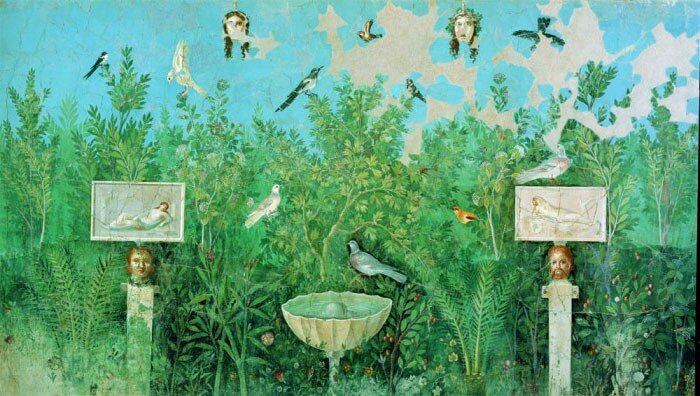



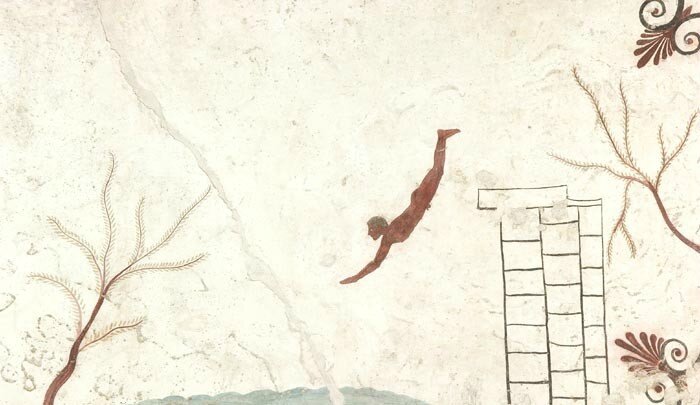

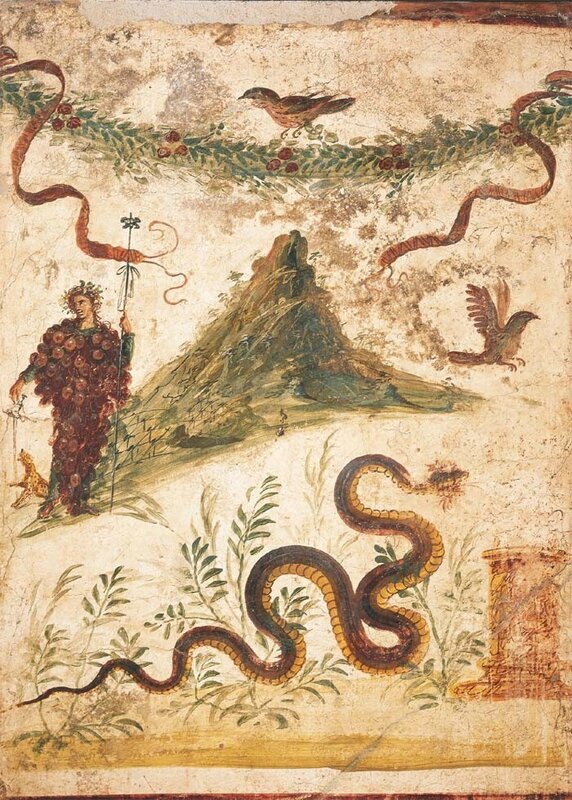
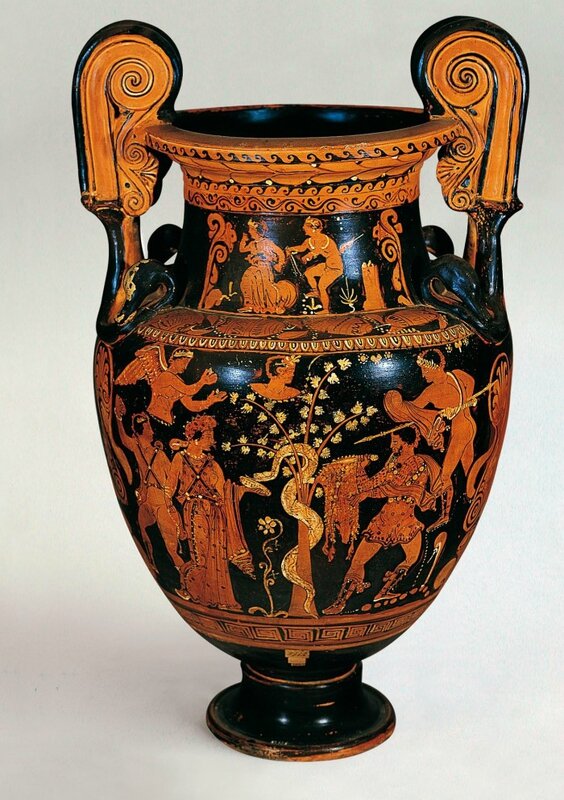
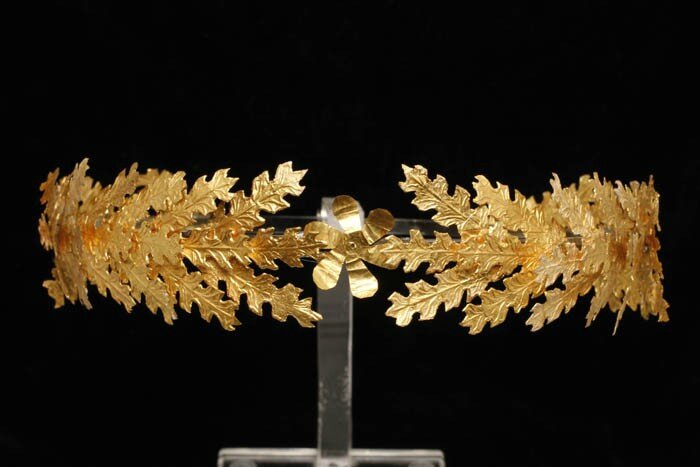





/http%3A%2F%2Fstorage.canalblog.com%2F86%2F67%2F119589%2F129815803_o.png)
/http%3A%2F%2Fstorage.canalblog.com%2F14%2F41%2F119589%2F74232062_o.jpg)
/http%3A%2F%2Fstorage.canalblog.com%2F43%2F09%2F119589%2F71576735_o.jpg)
/http%3A%2F%2Fstorage.canalblog.com%2F09%2F38%2F119589%2F71359515_o.jpg)